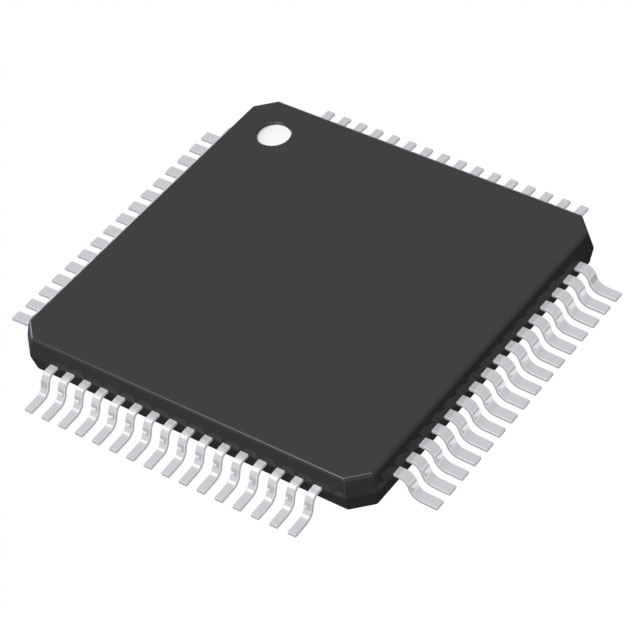Technical Specifications
Parameters and characteristics for this part
| Specification | SPC570S50E1DEFAY |
|---|---|
| Connectivity | SPI, CANbus, LINbus, UART/USART |
| Core Processor | e200z0h |
| Core Size | 32-Bit Single-Core |
| Data Converters | SAR |
| Data Converters | 12 b |
| Data Converters [custom] | 16 |
| EEPROM Size | 32 K |
| Grade | Automotive |
| Mounting Type | Surface Mount |
| Operating Temperature [Max] | 140 °C |
| Operating Temperature [Min] | -40 °C |
| Oscillator Type | External |
| Package / Case | 64-TQFP Exposed Pad |
| Peripherals | POR, DMA, WDT |
| Program Memory Size | 512 KB |
| Program Memory Type | FLASH |
| Qualification | AEC-Q100 |
| Speed | 80 MHz |
| Supplier Device Package | 64-eTQFP (10x10) |
| Voltage - Supply (Vcc/Vdd) [Max] | 5.5 V |
| Voltage - Supply (Vcc/Vdd) [Min] | 3 V |
Pricing
Prices provided here are for design reference only. For realtime values and availability, please visit the distributors directly
| Distributor | Package | Quantity | $ | |
|---|---|---|---|---|
Description
General part information
SPC570S50E1 Series
The SPC570Sx is a family of next generation microcontrollers built on the Power Architecture embedded category.
The SPC570Sx family of 32-bit microcontrollers is the latest achievement in integrated automotive application controllers. It belongs to an expanding family of automotive-focused products designed to address the next wave of Chassis and Safety electronics applications within the vehicle. The advanced and cost-efficient host processor core of this automotive controller family complies with the Power Architecture embedded category and only implements the VLE (variable-length encoding) APU, providing improved code density. It operates at speeds of up to 80 MHz and offers high performance processing optimized for low power consumption. It capitalizes on the available development infrastructure of current Power Architecture devices and is supported with software drivers, operating systems and configuration code to assist with users implementations.
Documents
Technical documentation and resources



